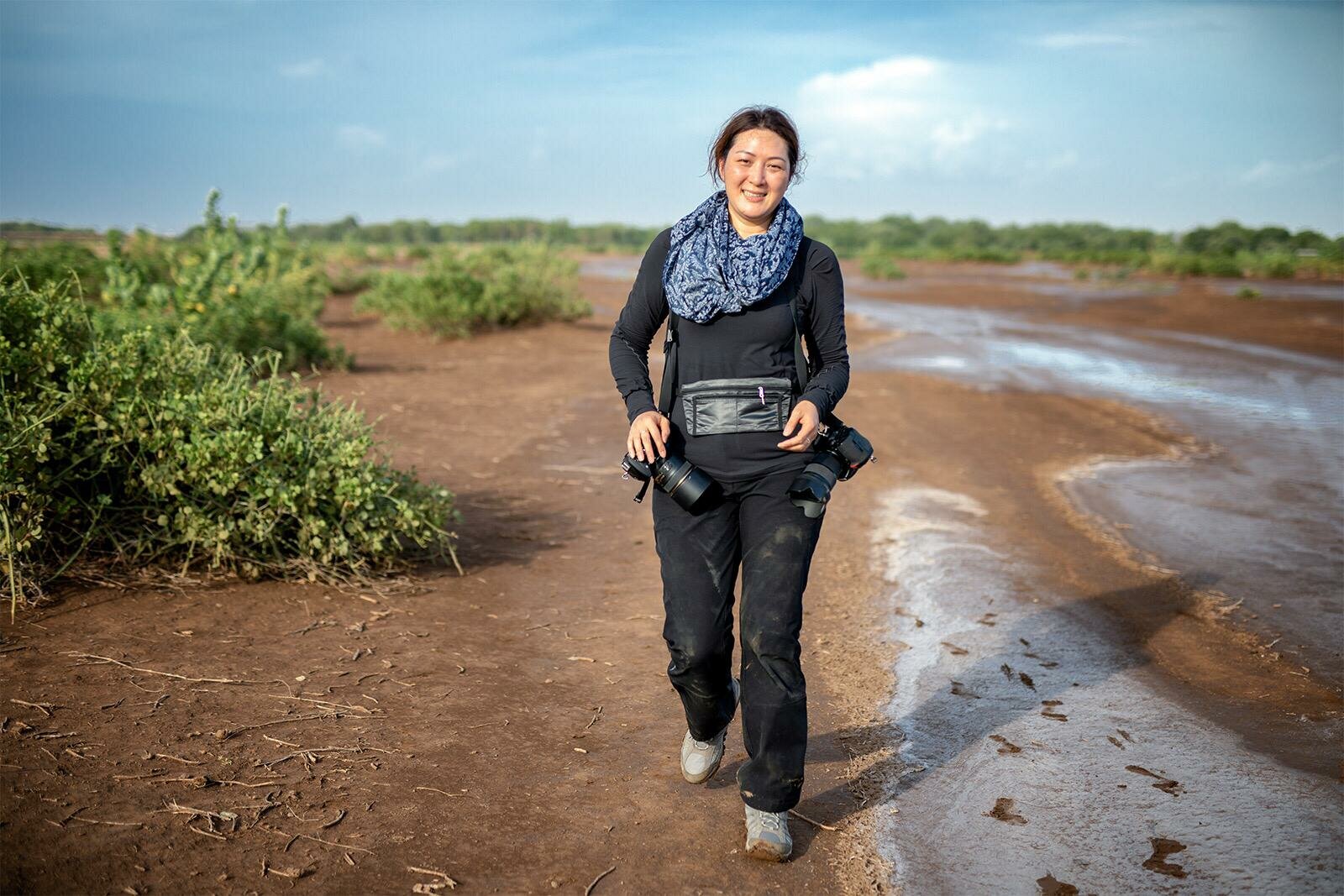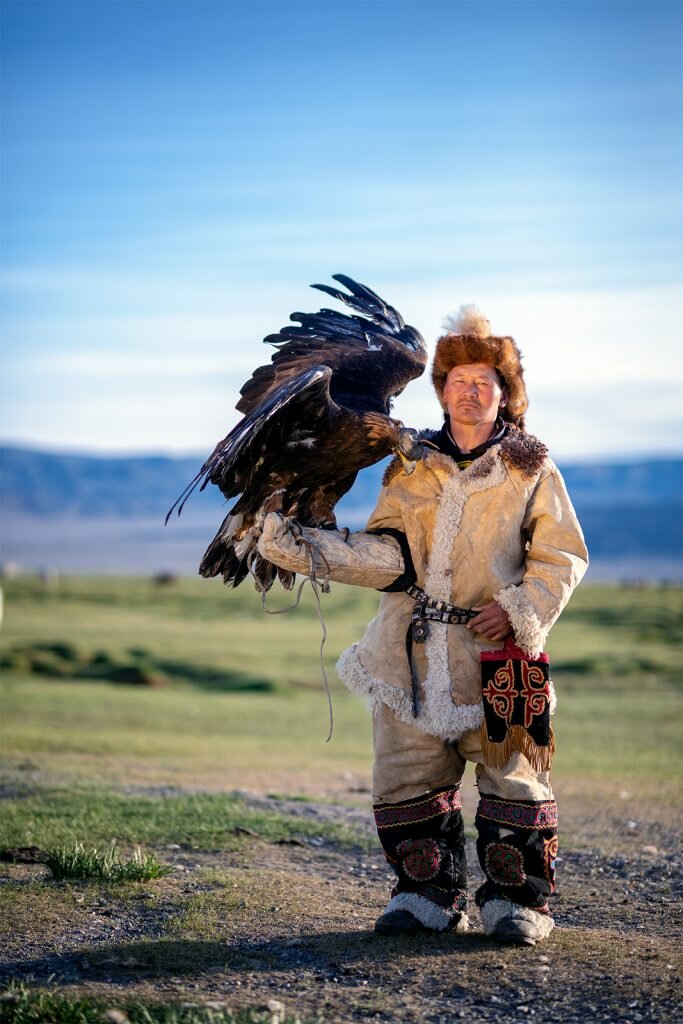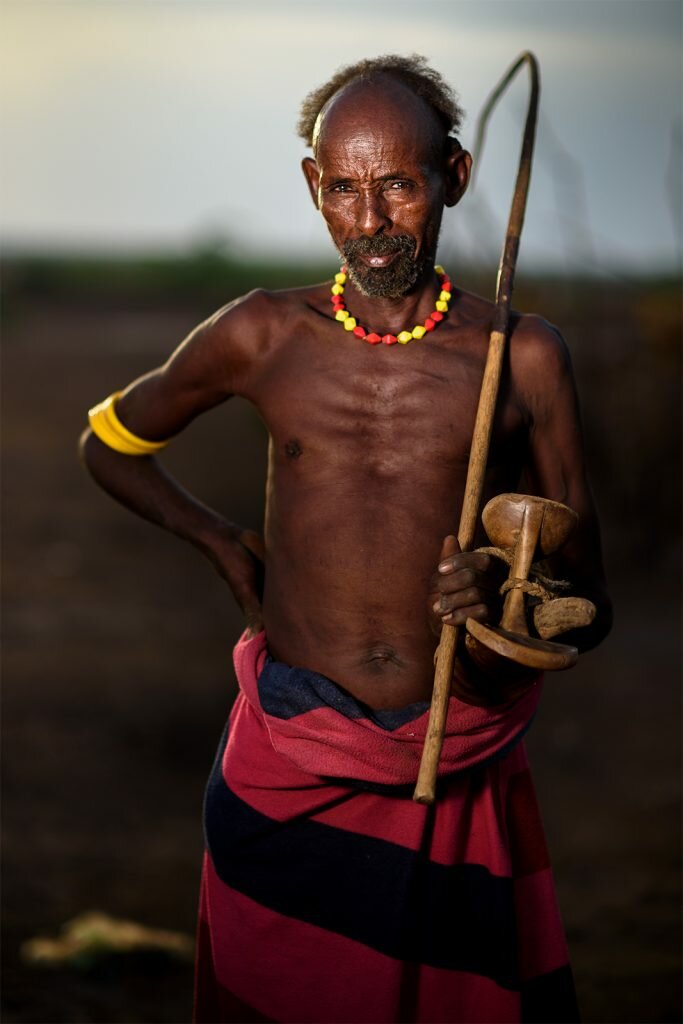Nana Au-Chua is not having a good day. She was supposed to be in Bayan-Ölgii by now, taking photographs of the Mongolian eagle hunters that the province was famous for. Instead, after 48 hours of diverted flights and bad weather, she was stuck alone in a deserted airport in Inner Mongolia, hours away from her destination—alone.
Then again, calling the place she had been redirected to an ‘airport’ might be generous. The building was more of a shack, really, and since there had been no more flights since midday, all of the staff had decamped and gone home. That left Au-Chua alone with her four hefty luggage pieces she’d carted across three different airports and timezones.
By the time her dutiful Mongolian guide had picked her up two hours later, Au-Chua was starving. So when they came across the first street-side shop after hours of driving through dusty mountain roads, she bought a dozen dumplings without a thought and promptly wolfed them down. It was something that Au-Chua—stuck hours later fighting the throes of food poisoning and nausea on the Mongolian steppes—would soon regret.
But she’d come so far, and she was determined to make the best of her trip to Bayan-Ölgii. And so, armed with a pharmacy’s worth of medicine, Au-Chua lived, ate and laughed with what might be the last generation of Mongolia’s eagle hunters for two weeks.
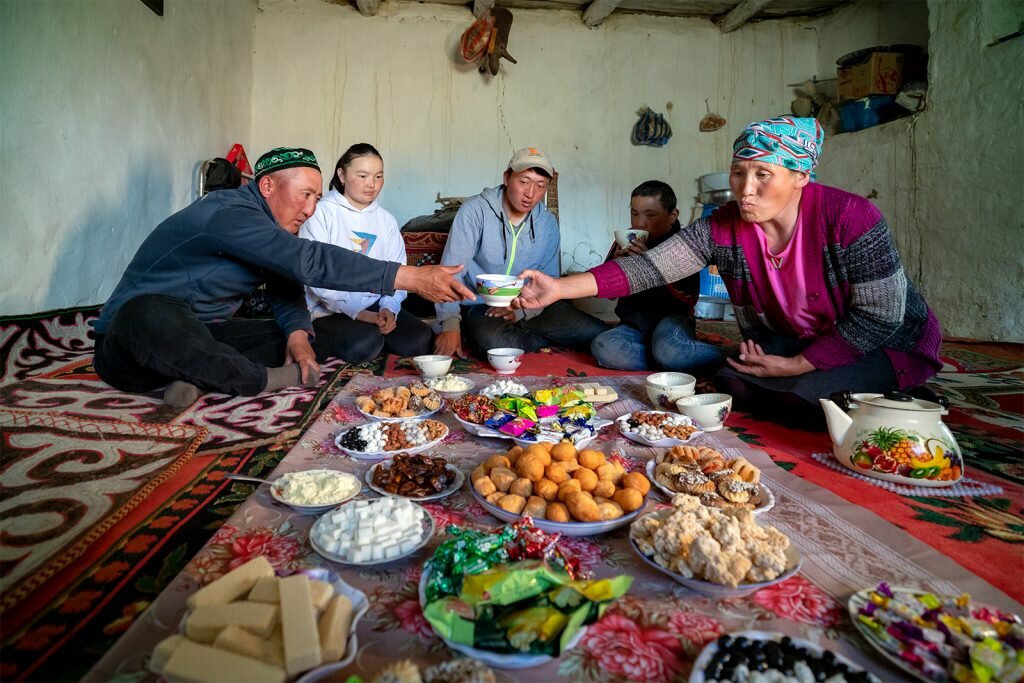
Au-Chua documented every iota of their lives while she was there. Her favourite shot was of a gallant falconer, his majestic avian perched mid-flight on his arm, but even that snap wasn’t without incident.
As Au-Chua tells it, cow dung was one of the most plentiful resources that the tribespeople had, and was used for virtually everything, including starting fires that would be used for warmth and cooking. It was no surprise that the steppes were teeming with it, including the area before the falconer.
What was Au-Chua to do? Why, stretch flat-out on the ground—whatever was on it—and take the shot, of course.
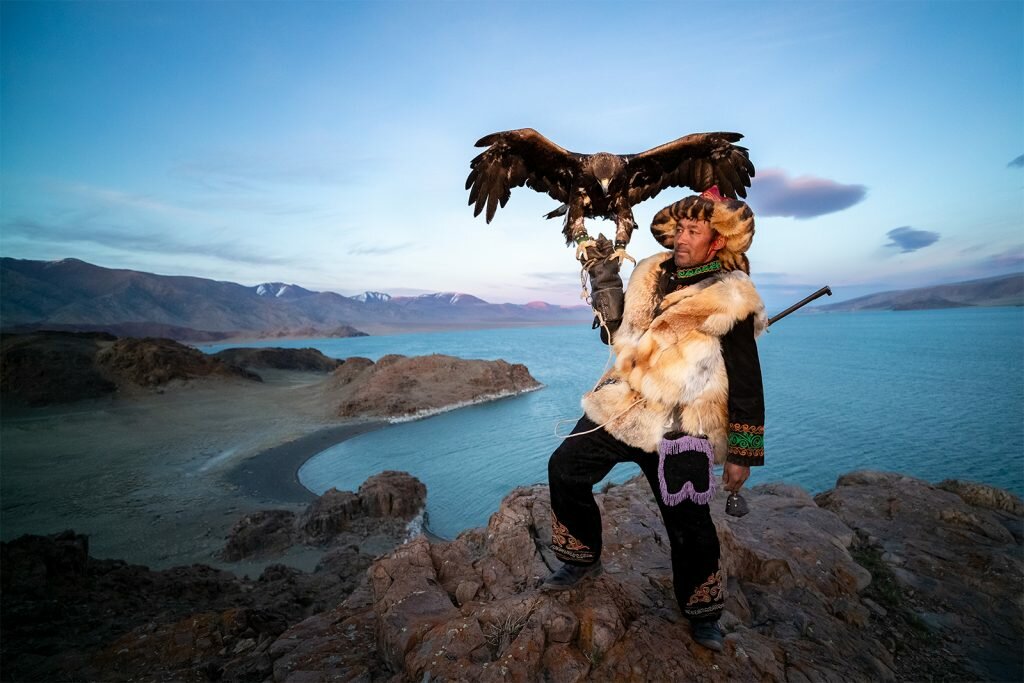
Looking back on her whirlwind adventure in Mongolia just one month prior, Au-Chua laughs, but she admits that it was rough.
“I wanted to cry because I felt so sick during my trip,” she says. “But I really wanted to travel to places like Bayan-Ölgii, because it’s so raw. You wouldn’t believe that there are people still doing this today.”
But Au-Chua knows from firsthand experience that such tribes are fast fading into obsolescence. There were few young adults amongst the eagle hunters: Most had moved to Ulaanbaatar or overseas to pursue modern jobs or an education.
That’s why Au-Chua is now on a quest to document the disappearing tribes around the world. Her journey first began in Ethiopia in April this year, where Au-Chua was stunned by how different their way of life was.
Make no mistake, Au-Chua isn’t in the business of objectifying her subjects. She doesn’t want to be a colonial tourist; Instead, she wants her travels to help the communities she photographs, even in a small way.
“I don’t want to just go to a place, shoot, and leave,” says Au-Chua. “ I want to travel responsibly and give something back.”
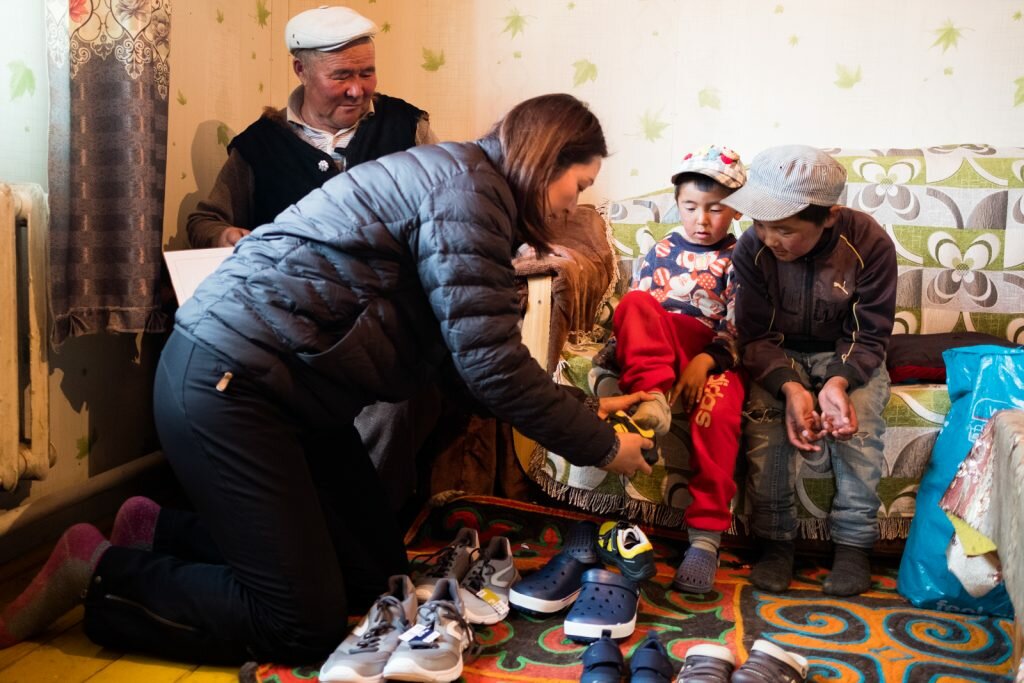
Aside from her pieces of luggage stuffed with her new Canon EOS-1D X and its legion of accessories, Au-Chua made sure to bring a surplus of one other essential: shoes.
Au-Chua—who is the Asian Team Leader for Soles4Souls—has previously visited developing countries around Asia to distribute shoes to children. And this trip to Mongolia was no different; Of the four pieces of luggage that Au-Chua brought along with her, one was stuffed with donated shoes that she would donate to the people of Bayan-Ölgii.
Aside from her camera and a surfeit of shoes, Au-Chua was also sure to bring along her faithful travel journal, which she likens to a bible.
Inside the well-loved leather book, Au-Chua keeps an ever-expanding list of destinations on her personal bucket list. She also religiously documents her travel schedule for each year; Her travel plans for 2019 alone fill two opposite pages in her concise handwriting.
Come August, she will head to Guiyang, China, to photograph the Longhorn Miao people, following which Au-Chua will detour to Guiling to photograph the last two cormorant fishermen in the world. She will return to visit the eagle hunters in Mongolia, now her friends, for the winter. And next year she will travel again to Ethiopia to visit the Suri tribe, known for their elaborate lip plates.
If Au-Chua’s travel schedule seems relentless, she doesn’t notice it. She wants to complete her photography book before she turns 50 in two years—something of a present for herself. But beyond that, it’s her way of leaving a legacy for her three children to see the world as their mother once saw it.
“I don’t know if they will be able to see these tribes when they get older, so I want to document it now to show them how incredible the world can be,” she says.
Snapshots is a series on some of our favourite society shutterbugs.
